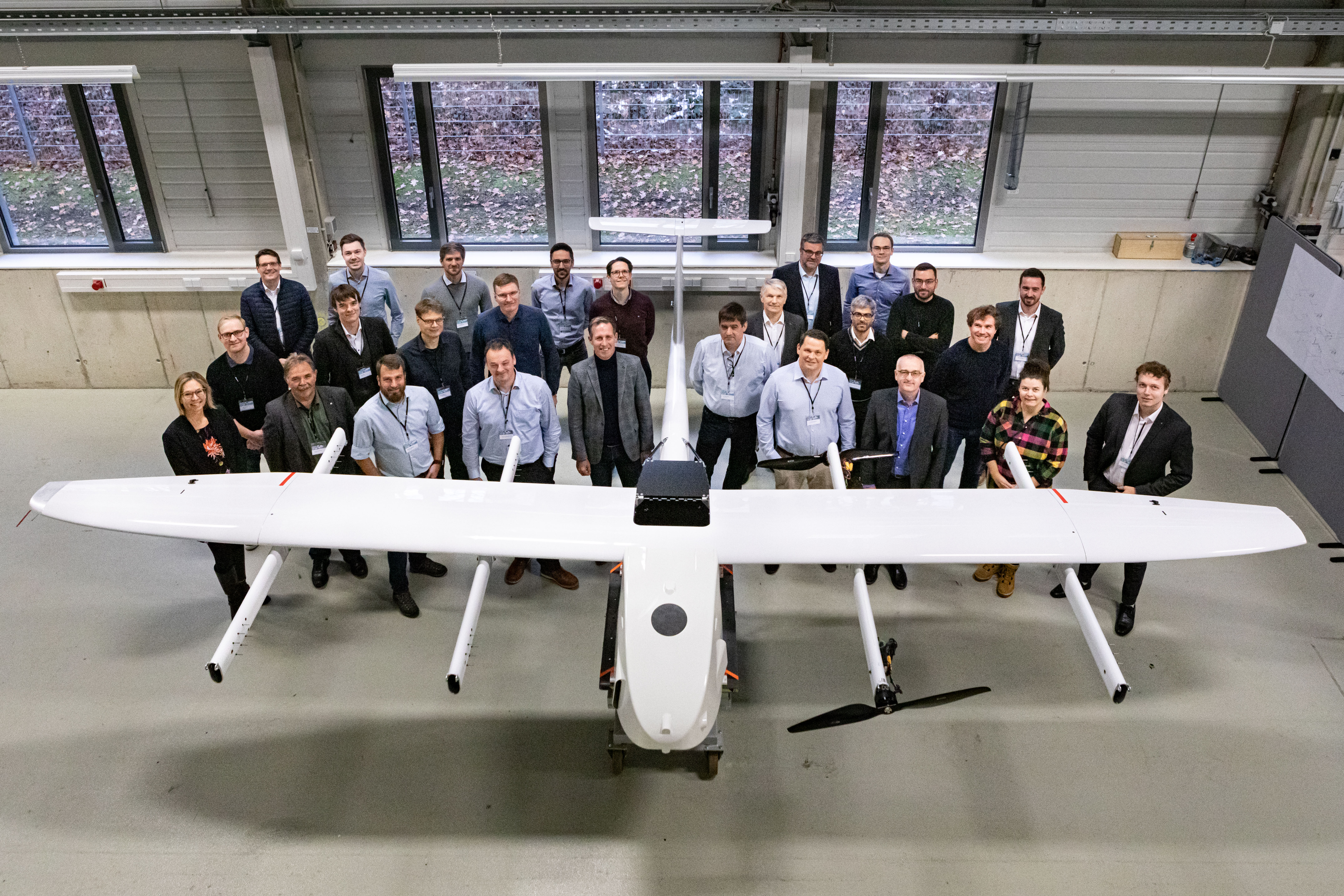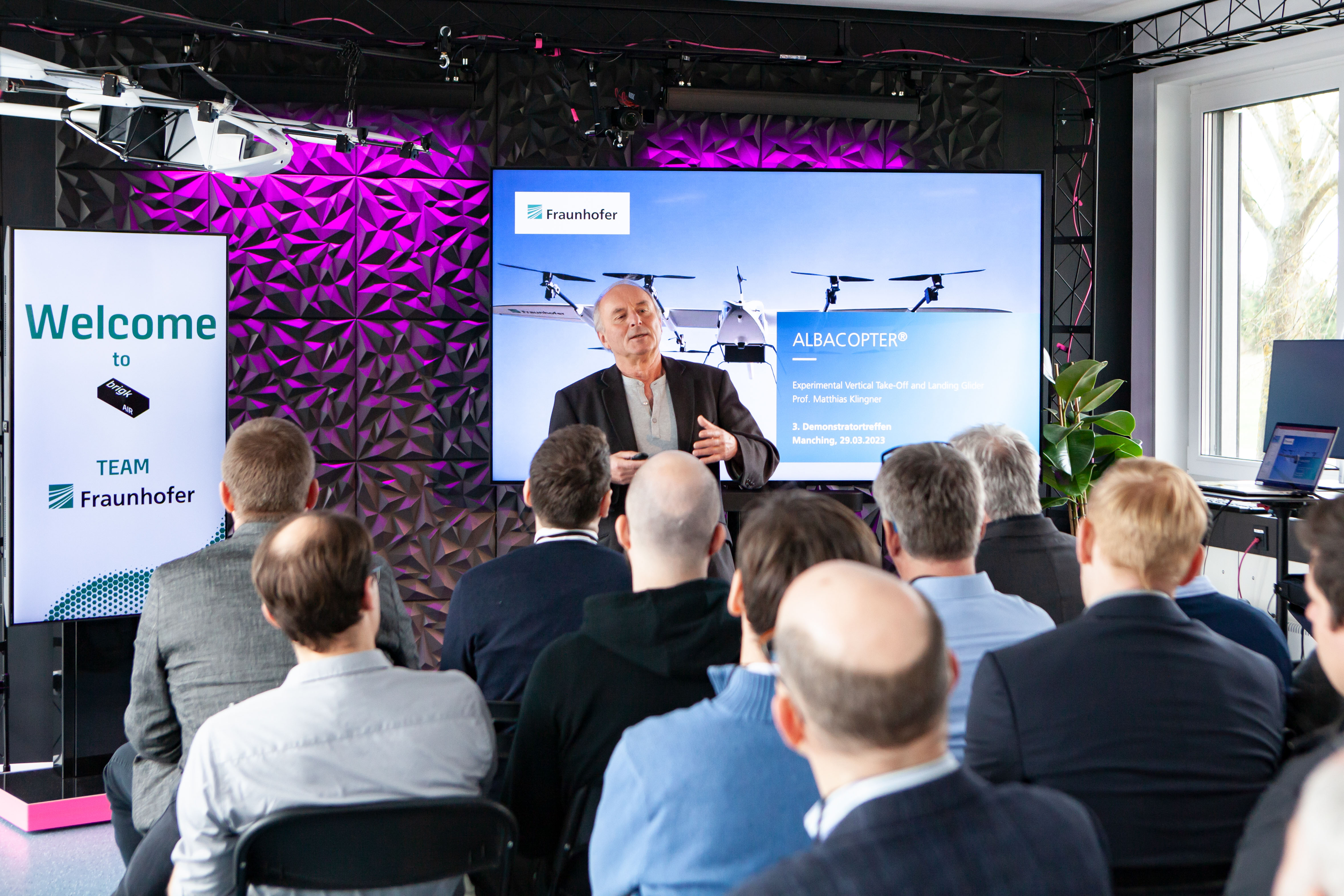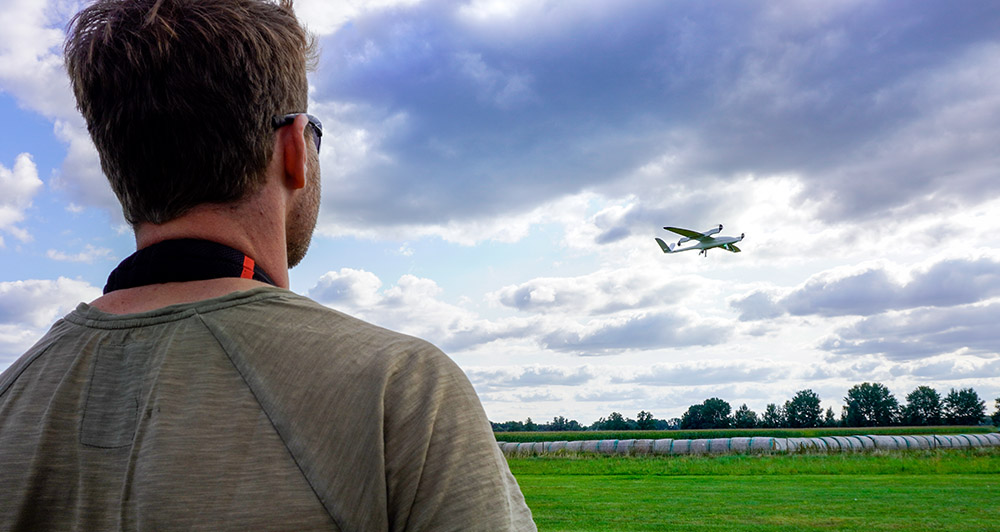Fraunhofer institutes develop self-monitoring propellers for improved drone performance
January 27, 2025 | "Smart propellers" for greater drone safety
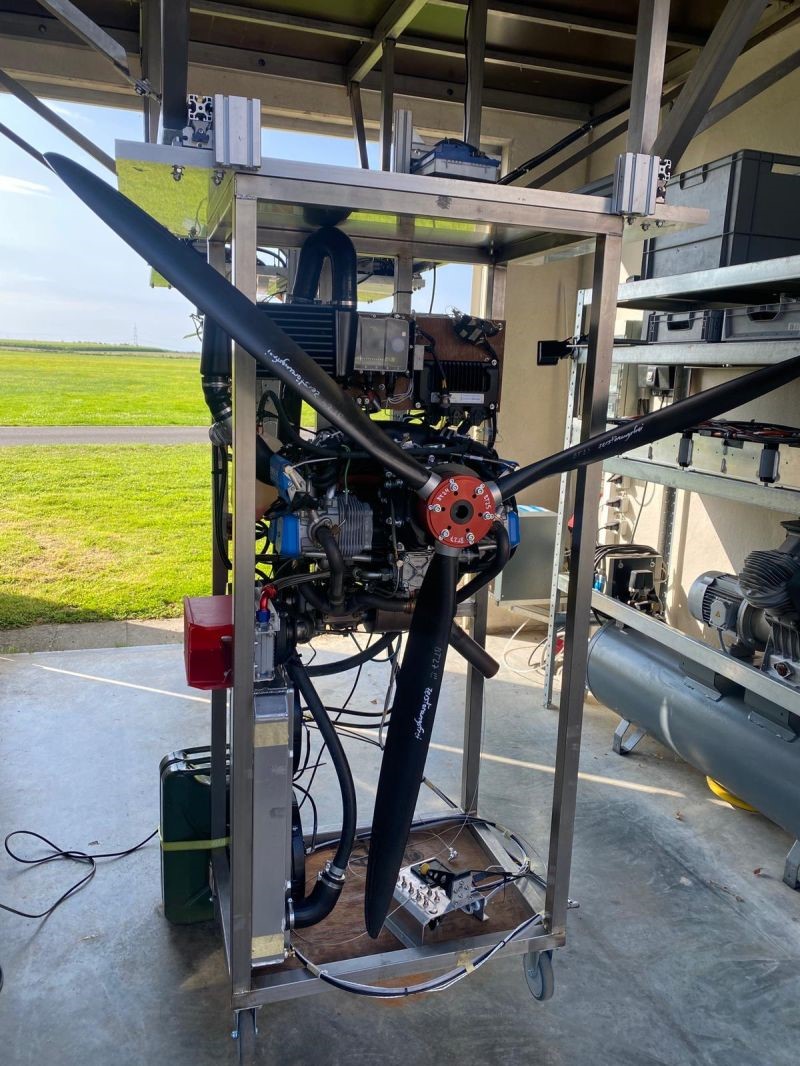
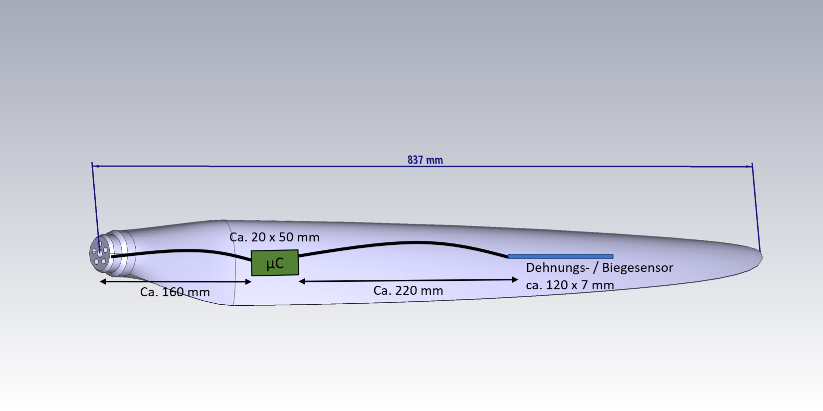
Researchers at the Fraunhofer institutes IMS, IOSB and IVI have developed a pioneering technology that sets new standards for the safety and reliability of drone systems. By integrating advanced sensors directly into the propeller blades, they have created a "smart propeller" that can monitor its own condition in real time. The elastic deformation of the propeller geometry, vibrations and shocks as well as the temperature during operation are recorded.
This innovation has the potential to fundamentally change the drone industry. "By integrating sensors into the propeller blades, we can detect potential damage at an early stage and thus minimise the risk of crashes," explains Dr Alexander Utz, head of the System on Chip group at Fraunhofer IMS.
